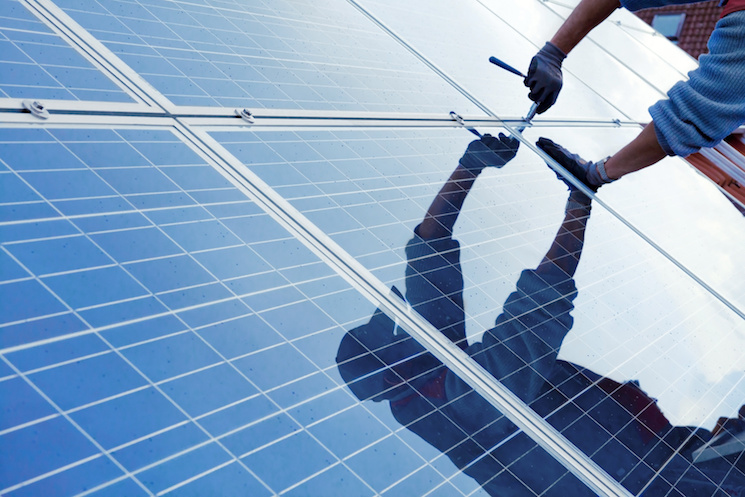By Seth Masia June 1, 2009


When Enphase Energy (enphaseenergy.com) announced production of its microinverter last spring, it marked the beginning of a new phase in distributed photovoltaic (PV) installations.
By attaching a microinverter behind each PV module, the array becomes truly modular. Each module becomes an independent power producer, so if a module is shaded or damaged, the rest of the array still functions. The system can be installed in phases to make it more affordable: Modules can easily be added as budget allows. Production data from each microinverter is transmitted over the building’s existing AC wiring to an Internet gateway, which can become the interface for a future smart grid connection.
According to Jeff Laughy, applications engineer at Enphase, a microinverter inverts the 22 to 40 volts DC produced by a single module to the 230 or 110 volts AC used by the building circuit. Major elements of the microinverter are the DC filter capacitors, the auxiliary power supply to run the control circuits, the isolation transformers, the switching transistors that create the sine wave, and the output filters. All of these components are housed in a NEMA6-rated enclosure.
The DC filter capacitors smooth out voltage ripple caused by the power conversion process, using pulse width modulation to create a half-sine current waveform. A transformer boosts the voltage of the pulse width modulator to match the utility voltage waveform. The output bridge “unfolds” the half-sine waveform to create the full sinewave, phase-matched to the utility AC voltage waveform. The output filter section removes residual switching ripple from the AC output waveform.
Noel Foley, vice president of engineering at SmartSpark, plans to introduce a competing microinverter next spring. He notes that a microinverter lives in a tougher environment than a central inverter. Out on the roof it needs to endure temperatures up to 80 ̊ C (150 ̊F), high humidity, wind-driven rain and sometimes salt spray. It needs to carry the same 25-year warranty as the PV module. It must be armor-plated, with robust fins for air cooling. The microinverter can’t use life-limited components.
Seth Masia is managing editor of SOLAR TODAY. Contact him at smasia@solartoday.org.




